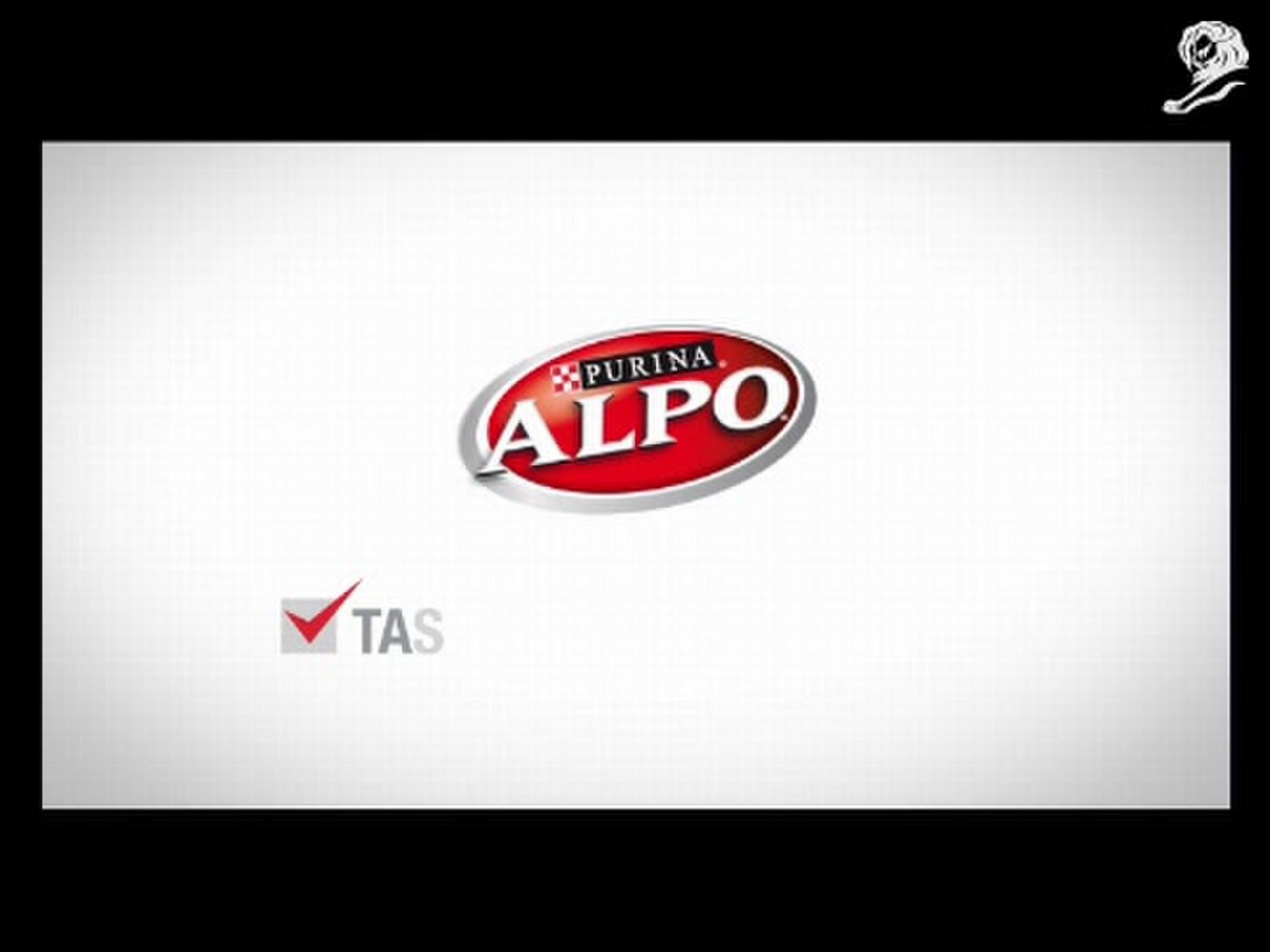Cannes Lions
RECORD MUSIC VIDEO
HAKUHODO INC., Tokyo / ION / 2022


Overview
Entries
Credits
Overview
Background
Now that we are accustomed to enjoying music in the cloud anytime, anywhere with the advent of streaming services, we have forgotten the appeal of “analog music”: owning a record and enjoying the music in situ. Against this backdrop, the Covid-19 pandemic shed new light on vinyl records, partially driven by the need to own and display works of art as people had more leisure time at home. In 2020, vinyl sales finally overtook CD sales in the US. In Japan, consumers have been less interested in and attracted to vinyl records partly due to various impediments to the experience.
Idea
To enjoy this spinning video, you have to play the record and put your smartphone on it. This is an attempt to redesign the experience of vinyl records with a physical twist of offsetting the rotation of a record with that of a video. By setting a smartphone on the turntable along with the record, the user can view the music video produced in the form of a silent movie rotating in the opposite direction. Since this specific format follows a standard used in shooting and editing, no dedicated app is needed: it is compatible with all video platforms including YouTube and Vimeo.
Strategy
As we see far more record players displayed than in action, we paid attention to the standards of vinyl records that have changed little for over 100 years. Record Music Video was designed as a way to rediscover the physical attractiveness of records with a modern-day device. The video content generated by this system is silent: it only becomes an image product with sound when the record is played. For this reason, the video content made publicly available on SNS means nothing unless the viewer purchases and plays the record. The format complies with all unified standards for vinyl records throughout the world. It is also possible visually to reinterpret a song released in the era before music videos existed, as the video production process does not violate copyright on the sound source.
Execution
As we see far more record players displayed than in action, we paid attention to the standards of vinyl records that have changed little for over 100 years. Record Music Video was designed as a way to rediscover the physical attractiveness of records with a modern-day device. The video content generated by this system is silent: it only becomes an image product with sound when the record is played. For this reason, the video content made publicly available on SNS means nothing unless the viewer purchases and plays the record. The format complies with all unified standards for vinyl records throughout the world. It is also possible visually to reinterpret a song released in the era before music videos existed, as the video production process does not violate copyright on the sound source.
Outcome
The experience has been featured in a variety of media including on music, gadgets, culture and technology. This also has been highly acclaimed by the Japan Agency for Cultural Affairs and various other international media art exhibitions, such as Japan Media Art Festival, ADAA, and SXSW. On SNS, images of young people experiencing a record player went viral, and there was feedback and information on record players. Despite the limited distribution channels typical of an analog record, the campaign enjoyed an incredible reach, gaining millions of impressions on SNS. The song featured in this project became the fastest-selling, farthest-reaching record of the collaborating artist’s career. This system has succeeded in updating the culture of analog records.
Similar Campaigns
8 items





